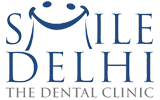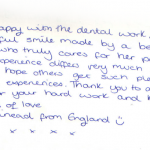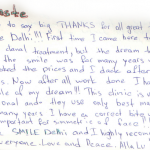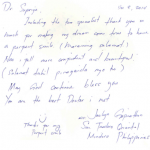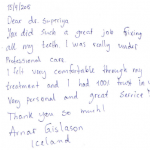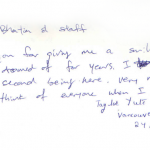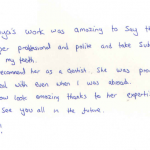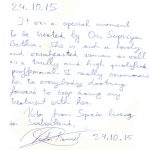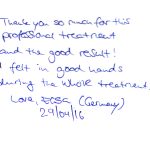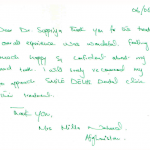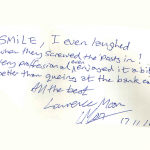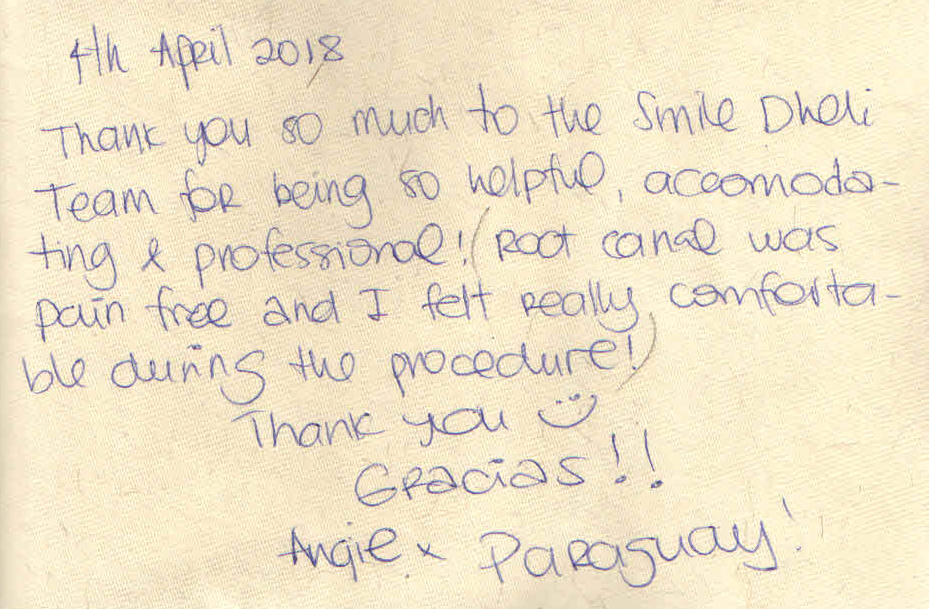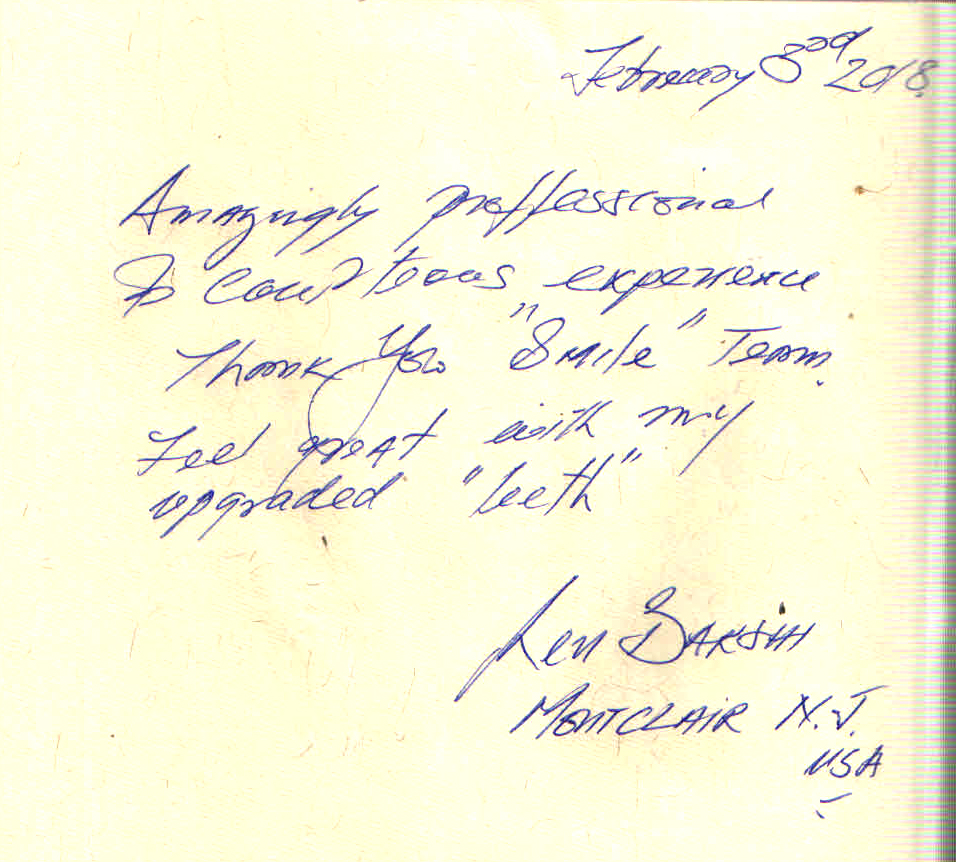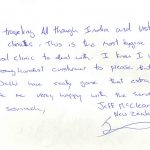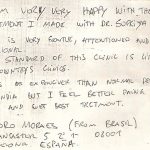Do you have a deep bite?
Deep bite is the most detrimental to the teeth and health of the jaw joints. It can significantly impact the appearance of your smile (facial esthetics) as the upper teeth can wear on the chewing surfaces, over time.
If you have a deep bite, it means your upper front teeth bite too deeply (overlap) over the lower front teeth and your lower incisors make contact with gum tissue in the upper arch of your jaw.
This can be caused by a large upper jaw, missing lower teeth, a small lower jaw or tight oral muscular patterns.
A bad bite is the result of misalignment of the teeth and jaws, often caused by genetics, but can also be due to teeth crowding, bad, worn or decayed teeth, and poor or failing dental work and missing teeth, particularly missing back teeth.
Habits such as thumb sucking, clenching or grinding teeth (bruxism) can also contribute to causing such problems.
Unlike other diseases/dental conditions, which have an immediate symptom of pain, Traumatic occlusion and/or Deep bite is more of a silent disease that results in a series of small seemingly insignificant changes which occur slowly over a period of time resulting in irreversible changes recognized first as an all of a sudden generalized sensitivity when most of the damage has already occurred.
Minor cases of deep bite can be just a matter of aesthetics, but extreme cases of deep bite can cause serious issues with the dentition.
Missing back teeth in an adult can create or exacerbate a ‘deep bite’ leading to collapse of the bite and lower face, giving a more aged appearance.
The constant contact of the lower teeth with the gum area behind the upper teeth ultimately can cause gum recession and lead to damage to the upper teeth’s roots.
It is one of the most common malocclusions we see in children and adults that occur along with other associated malocclusions.
It is very important that you should get this condition treated as it can cause excessive wear to your teeth. The top edge of the lower teeth will often wear very early and extensively. As the upper teeth bite totally over the lower teeth, the function of your teeth will be poor especially when chewing food.
Although it may appear as merely an aesthetic issue a bad bite is in fact far more serious; it can lead to significant damage to the teeth and gums as well as headaches and lower jaw development and movement esp temporomandibular joint (TMJ) disorders.
Features of Deep bite
Initial stages : one can notice wear of the lower front teeth seen as a flattening of the surface, craze lines/thin fracture lines in the front teeth along with accumulation of deposits and bleeding of gums mainly in the lower front teeth. As the upper teeth bite totally over the lower teeth, the function of your teeth will be poor especially when chewing food.
If left to progress, the top edge of the lower teeth will often wear very early and extensively and sometimes even upper teeth wear, resulting in generalized sensitivity.
Sudden chipping off of teeth, regular bleeding of gums noticed esp. while brushing are seen. Also with time, the gum behind the upper teeth and in front of the lower teeth can be chewed away due to the top edges of teeth biting into the gums called gingival recession.
Your smile can also be affected by this condition, as the upper teeth can wear on their chewing surfaces overtime, gums look unaesthetic. This can be a very serious issue and often leads to loss of the front teeth.
Bad breath may be noticed as a side effect of the gum disease and deposits in the teeth.
Advanced stage: causes excessive wear to your teeth presenting as generalized sensitivity in all teeth and pain in severely affected teeth, gingival recession and TMJ pain (pain in jaw joints and muscles)
Treatment
A deep bite, even in adults, can be corrected these days with one of the many effective restorative treatment options. We prescribe treatment based on each patient’s specific needs.
A proper supervision done by the dentists in dental clinics in India is the proper way to go about the treatment.
When a problem such as deep bite can be identified early, typically it can be treated using methods that are less invasive than surgery. We always want surgical correction to be the treatment of last resort.
When detected at a younger age, before attrition of the teeth has occurred, it can be corrected by moving the teeth to a stable correct position using braces as upper and lower teeth often require a large amount of force to correct their poor angulation and/or anterior bite plane also called Orthodontic treatment.
At an early age, really severe deep bites may be treated with a removable appliance to reduce the wear on the teeth. Sometimes a fixed or removable acrylic bite plane is used to correct the deep bite by extrusion of molars. The fixed version of this appliance is anchored into the mouth using bands on the upper first permanent molars, and it has an acrylic bite plane that rests behind the upper front six teeth.
How long a patient must wear the appliance always depends on the amount of correction required, but results typically are achieved within three to six months.
Some patients initially complain that this appliance affects their speech, but they quickly get used to wearing the appliance.
When wearing your bite plate, it is normal for your back teeth to not meet all the way. It may take a few weeks to completely adjust to your new bite plate.
Treatment also involves raising the bite to establish a correct bite by placing crowns on the behind teeth and replacing any missing teeth so that the chewing forces are distributed equally.
It is common to find the back of the upper teeth and the lower front teeth very worn/chipped in ‘deep bite’ cases and treatment often requires restoring the teeth with composite bonding, porcelain veneers or metal free crowns or laminates may be placed for esthetics. Simple gum cleaning (scaling) may be required.
Sometimes the bite on all the teeth needs to be built up with composite bonding initially followed by porcelain veneers or crowns.
Dentists in dental clinics in Delhi are routinely treating such cases to correct the alignment and bite of your teeth.
In advanced stages; where patients come with pain, generalized sensitivity and gum recession (chewing away of gums); along with crowns on the back teeth, those teeth with pain may require root canal therapy and the front teeth will also require crowns. Additionally, gum surgery would be required where indicated.
Missing back teeth often creates or worsens a ‘deep bite’ situation and in these cases restoration of the missing teeth with dental implants and/or bridgework is needed to re-establish the correct bite.
Through these treatments, we can move the teeth to the best possible position.
Correcting deep bite misalignment will not only improve the functionality of your teeth, but also make brushing and flossing easier – thus helping you to keep your teeth healthy. Of course it also dramatically improves the appearance of your smile too.
In severe cases, orthognathic surgery may be the best solution. The choice of treatment will depend on the extent of your deep bite, your facial profile and likely growth, but we will always recommend the least invasive, longest-lasting solution to meet your overall needs.
Night guard (a protective guard) is given more as a preventive therapy for monitoring in the earlier stages, when no damage has occurred as yet. Though it does not treat, it significantly delays the progress of the disease and prevents jaw joint (TMJ) and muscle pain from occurring. Dentists in Delhi are providing custom made night guards for patients with such problems as a preventive measure.
However, the determined correction method must take into consideration what would be most beneficial or improve the patient’s facial appearance and oral function the most.
Posted By – Dr. Shriya
